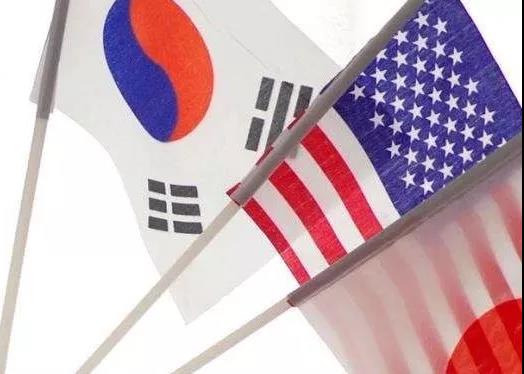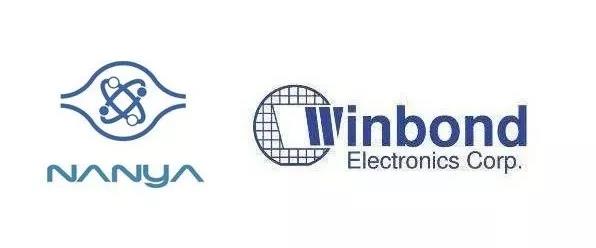Standard DRAM contract price in August confirmed stop falling, niche contract price rose slightly, there is an opportunity to rebound in the fourth quarter;
NAND Flash contract prices were flat to slightly higher in August, with room for further gains in September and October.
The industry believes that in the price steady bullish trend, qunlian, South Asia division, huabang power and other operations will improve substantially.

The spot market
Additional U.S. tariffs on $550 billion in imports from China, pending disputes between Japan and South Korea and the prospect of a longer review period for South Korea's imports of key semiconductor materials from Japan have all directly affected the memory market and led to sharp fluctuations in spot prices. Among them, DRAM spot prices in late July after a sharp pull, since mid-august back down, NAND Flash spot prices rose in July, August has also maintained moderate decline pattern.

Contract market
In spot prices by the rise into decline, leading to the market tends to conservative, but the contract price has come out to stop the decline of the good news. The standard DRAM contract price stopped falling in August, and the 8GB DDR4 module price was between $25 and $26, the same as the July contract price. As for the August contract price of the niche DRAM model with more than 2Gb, the average increase is about 3% ~ 6%. The industry believes that the contract price trend of South Asia division, huabang power operation in the second half of the positive help.

Spot price and contract price spread narrow: due to the current spot merchants in July to snatch goods, resulting in a large increase in the inventory level, in the demand has not seen the situation, the pressure to reduce prices gradually increased, the subsequent spot price decline will accelerate, convergence and contract price spread.
Due to the international DRAM manufacturers in the second half of the year are reduced, and into the traditional season after the demand picked up significantly, including Intel and amd new platform launched to drive the standard or server DRAM demand, new mobile phone to improve the mobile DRAM carrying capacity, consumer electronics season to drive the niche DRAM shipment. Module operators expect contract prices to be flat in September and to rebound after October, when demand is clearly recovering.
NAND Flash contract price also stopped falling and stabilized in August, among which, the SLC NAND contract price was the same as July, and the MLC NAND contract price over 32Gb rose by about 3%, mainly due to the supply volume affected by the power failure of Toshiba memory factory in shikigawa. As for the high-capacity 3D NAND part, major suppliers in SK hynix, micron and other large factories have cut production, and Toshiba power outage affected, so the contract price of NAND wafer continued to rise within 5% in August, and the price of NAND wafer in the third quarter is expected to rise about 10% compared with the previous quarter.
In the second half of the year, NAND Flash enters the traditional peak season. This year, the carrying capacity of smart phones will be increased to 512GB, and the carrying capacity of solid-state drives for laptops will be doubled to 512GB. As for servers or data centers, full Flash SSDS will be adopted as storage devices. The industry said that in the second half of the NAND Flash price rise coupled with increased shipments, the group will have a clear benefit of joint transport.